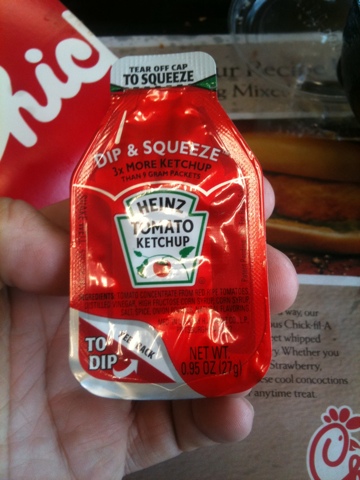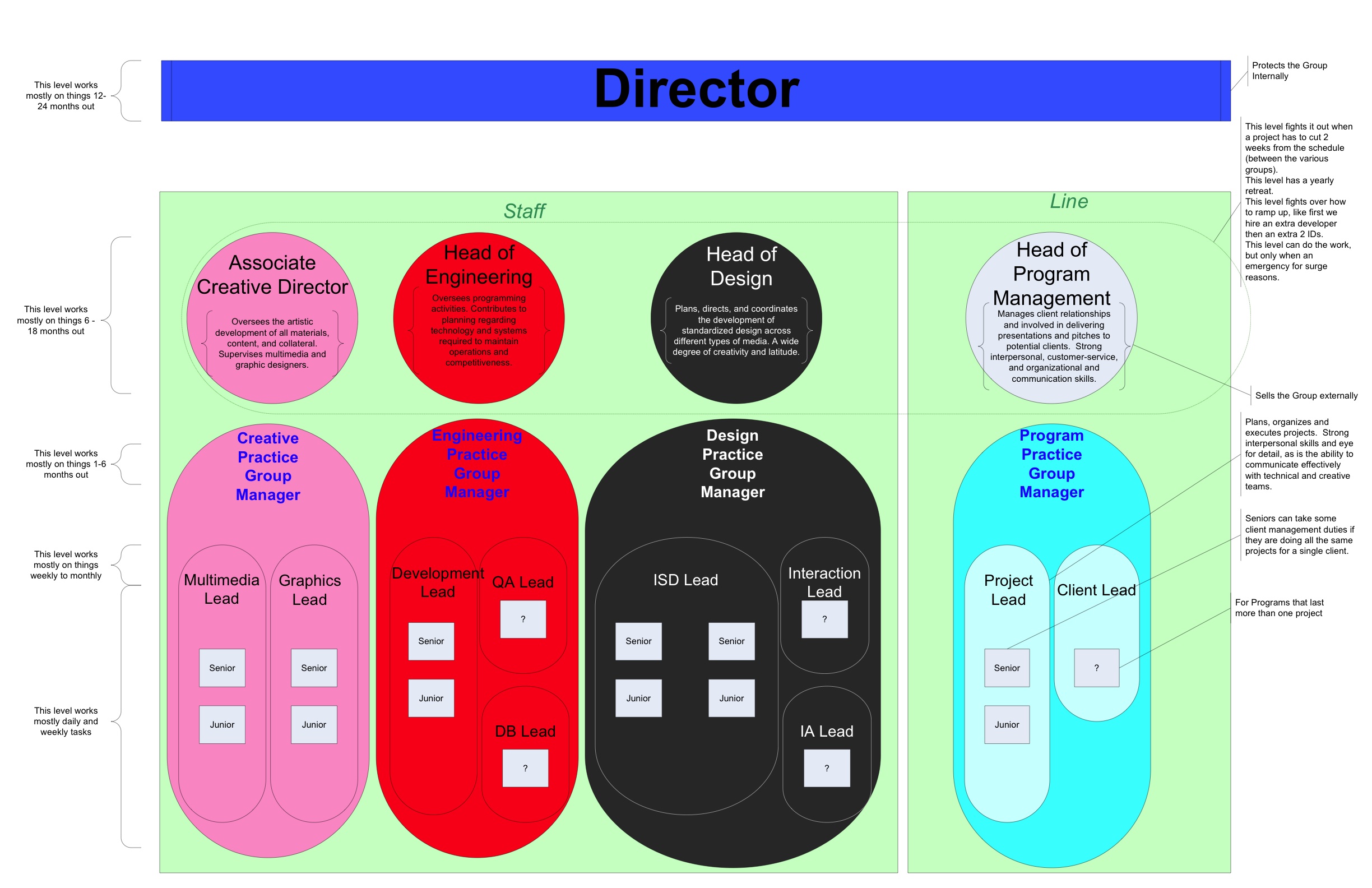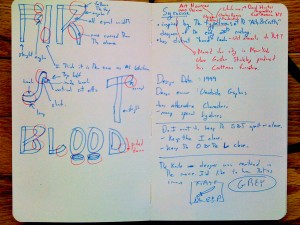Christopher Carani, Esq lectured on the importance of design intellectual property earlier this month at the Industrial Designers Society of America Chicago chapter at Beyond Design here in Chicago. His discussion was centered around an in-depth review of “Apple v Samsung” and how design patents took center stage in this case. Carani was very optimistic of the growing recognized value and power of design as evidenced by the legal trends he sees. Throughout the discussion Carani shared insights on how designers and businesses can best protect their UX design.
Highlights:
There is now a 700% increase in GUI filings in the US patent office in the last year.
Because of these types of cases and the rise of design patents businesses are being moved to avoid directing designers to “just copy” their leading competitor’s design. Comments were that Samsung has some very talented designers, perhaps now they will be able to design.
4 ways for designers to increase value
1 – Use broken lines and dotted lines (Broken lines may be used to show environment and boundaries that form no part of the claimed design)
2 – Use indeterminate break lines (The use of a separation and bracket to indicate that precise lengths are not claimed)
3 – Use multiple embodiments (form or scope) (As long as appearance and shape are similar)
4 – Show multiple applications (If there are minimal configuration differences)
Another point was the use of “flip book” type renderings to deal with the animations that GUI designs are more than ever innovating on.
There was a lot of discussion about prior art and the importance of that for enforcement and patent references. I think there are opportunities to combine this with a comparative analysis phase of projects in which designers make an inventory of preexisitng designs.
SEE ALSO
United States Patent And Trademark Office: A Guide to Filing A Design Patent Application
The Design of Design Patents, Part 4: Practical Advice for Designers



 A great movie that harkens back to the
A great movie that harkens back to the